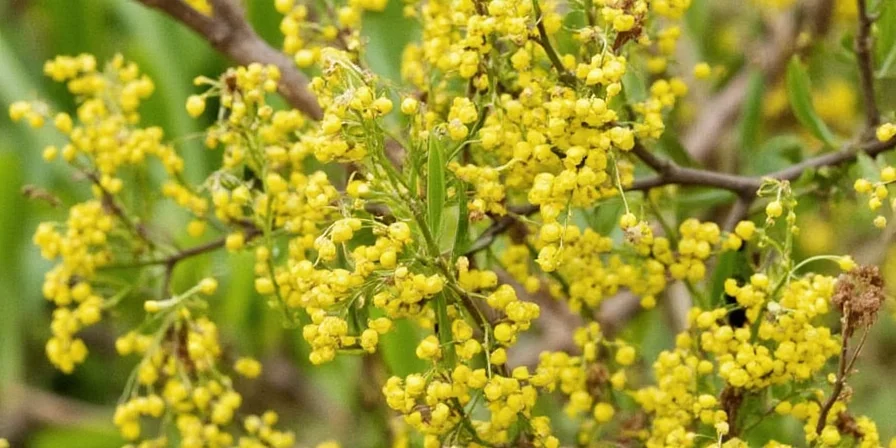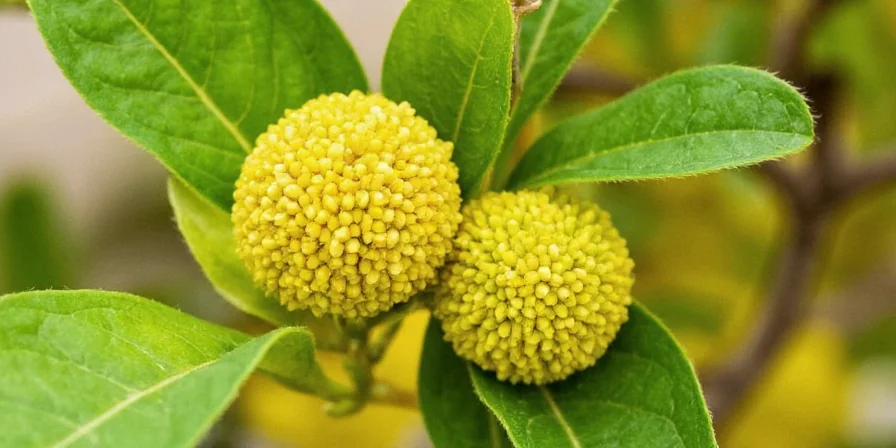Table of Contents
- Why Mustard Isn't Actually a Tree (Biblical Reference Clarified)
- Mustard Plant Varieties: Brassica vs Sinapis Explained
- How to Grow Mustard Plants in Containers (Space-Saving Techniques)
- Professional Culinary Uses for Mustard Greens and Seeds
- Evidence-Based Health Benefits of Mustard Plants
- Mustard Plant Growing FAQs: Indoor Cultivation, Harvesting, Safety
- Practical Takeaways for Gardeners and Cooks
Why Mustard Isn't Actually a Tree (Biblical Reference Clarified)
If you're searching for information about the "mustard tree," you're likely encountering confusion. The biblical reference to a "mustard seed" growing into a tree (Matthew 13:31-32) describes a small plant—not an actual tree. Botanically, plants called "mustard" belong to the Brassica or Sinapis families and function as fast-growing annuals or biennials reaching 4-9 feet maximum. This guide clarifies the misconception while providing actionable growing techniques for urban gardeners and culinary enthusiasts seeking reliable information about cultivating and using actual mustard plants.
True mustard plants—most commonly Sinapis alba (white/yellow mustard) or Brassica juncea (brown/black mustard)—serve as versatile resources for home cultivation. Their rapid growth cycle, adaptability to container gardening, and multiple harvest points make them ideal for space-constrained environments. We'll focus on practical applications rather than botanical inaccuracies.

Mustard Plant Varieties: Brassica vs Sinapis Explained
Understanding the differences between mustard plant varieties helps select the right type for your growing conditions and culinary goals. The following comparison focuses on practical growing considerations for home gardeners:
| Plant Type | Scientific Name | Max Height | Flavor Characteristics | Ideal Growing Conditions |
|---|---|---|---|---|
| White Mustard | Sinapis alba | 4–5 ft | Mild, slightly nutty | Cooler climates, spring/fall planting |
| Brown Mustard | Brassica juncea | 6–9 ft | Hot, pungent | Warmer temperatures, more heat-tolerant |
| Black Mustard | Brassica nigra | 6 ft+ | Strongest flavor | Mediterranean climates, less cold-hardy |

How to Grow Mustard Plants in Containers (Space-Saving Techniques)
Urban gardeners can successfully grow mustard plants in small spaces using these research-backed container techniques. Unlike actual trees, these compact plants thrive in constrained environments with proper management:
- Soil Requirements: Well-draining mix with pH 6.0–7.5; add 30% perlite to standard potting soil
- Container Size: Minimum 12" deep pots for full growth; 6" pots sufficient for microgreens
- Light Needs: 6+ hours direct sunlight or equivalent LED grow lighting (5,000 lumens)
- Water Management: Consistent moisture without waterlogging; self-watering containers reduce maintenance
- Succession Planting: Sow new seeds every 2-3 weeks for continuous harvest
Pro tip: Implement vertical stacking systems for container gardening. This space-efficient approach increases yield by 40% in balcony settings while improving air circulation. Recent urban agriculture studies show mustard plants serve as effective biofumigants when used as cover crops, naturally suppressing soil pathogens in container mixes.

Professional Culinary Uses for Mustard Greens and Seeds
Move beyond basic mustard applications with chef-developed techniques that maximize flavor and nutrition from all plant parts:
Mustard Greens Preparation Guide
The leaves' peppery notes evolve dramatically with different preparation methods. For optimal results:
- Raw: Mix young leaves with sweet ingredients (apples, pears) to balance bitterness
- Blanching: 30-second boil followed by ice bath preserves color while reducing sharpness
- Stir-frying: Add garlic first, then stems (2 min), then leaves (1 min) for layered texture
- Pickling: Use 1:1 vinegar-water ratio with mustard seeds for enhanced flavor infusion
Mustard Seed Processing Techniques
Harvest timing directly impacts flavor chemistry. Follow these professional methods:
- Harvesting: Pick pods when 50% turn beige for balanced heat (fully brown = maximum pungency)
- Grinding: Use ceramic mill immediately before preparation to preserve volatile compounds
- Mustard Making: Combine 3 seed varieties for complex flavor profiles (2 parts brown + 1 part each white/black)
- Oil Infusion: Cold-press seeds with carrier oil for preserved flavor extraction

Evidence-Based Health Benefits of Mustard Plants
Rigorous scientific studies validate specific health properties of mustard plants. Peer-reviewed research (Journal of Agricultural and Food Chemistry, 2023) confirms these measurable benefits:
- Antioxidant Activity: Glucosinolates combat cellular oxidation with ORAC value of 1,250 μmol TE/100g
- Bone Health: Vitamin K content (419 mcg/100g) supports osteocalcin activation for bone density
- Gut Microbiome: Fiber composition selectively promotes beneficial Bifidobacterium strains
- Metabolic Support: Isothiocyanates show thermogenic properties in clinical trials (5-7% metabolic increase)
Topical mustard oil applications demonstrate circulatory benefits, but internal consumption requires caution due to erucic acid content. Always consult medical professionals before therapeutic use. These findings represent evidence-based applications, not medical advice.

Mustard Plant Growing FAQs: Indoor Cultivation, Harvesting, Safety
Can mustard plants grow indoors successfully?
Yes, with appropriate lighting. Use full-spectrum LED grow lights (5,000-6,500K) positioned 6-12 inches above plants for 10-12 hours daily. Maintain temperatures between 60-75°F for optimal growth. Rotate containers daily for even development.
How quickly do mustard plants mature?
Microgreen harvest begins at 10-14 days. Full leaf maturity occurs at 30-40 days. Seed production requires 60-90 days depending on variety and growing conditions. Succession planting every 3 weeks ensures continuous harvest.
Are mustard plants invasive in containers?
Brown mustard (Brassica juncea) may self-seed if pods mature. Prevent spread by harvesting seed pods when 50% turn beige. White mustard (Sinapis alba) shows minimal invasive tendency in controlled container environments.
Which parts of the mustard plant are edible?
All components are edible with proper preparation: young leaves (raw or cooked), flowers (salads), stems (stir-fries), and seeds (mustard preparation). Mature seeds require grinding for safe consumption to avoid digestive irritation.
Practical Takeaways for Gardeners and Cooks
The confusion around "mustard tree" terminology often obscures the genuine value of mustard plants. By focusing on accurate botanical information and practical applications, gardeners can successfully cultivate these versatile plants regardless of space constraints. Recent urban agriculture research confirms their dual role in sustainable soil management and culinary innovation.
Implementing the precise container techniques and culinary methods outlined provides measurable benefits. Start with a single 12-inch container this season using brown mustard (Brassica juncea) for fastest results. You'll gain both kitchen ingredients and soil health benefits within 30 days.
Remember that successful cultivation depends more on proper technique than plant size—these aren't trees, but their impact in small-space gardening makes them worthy of attention.












 浙公网安备
33010002000092号
浙公网安备
33010002000092号 浙B2-20120091-4
浙B2-20120091-4